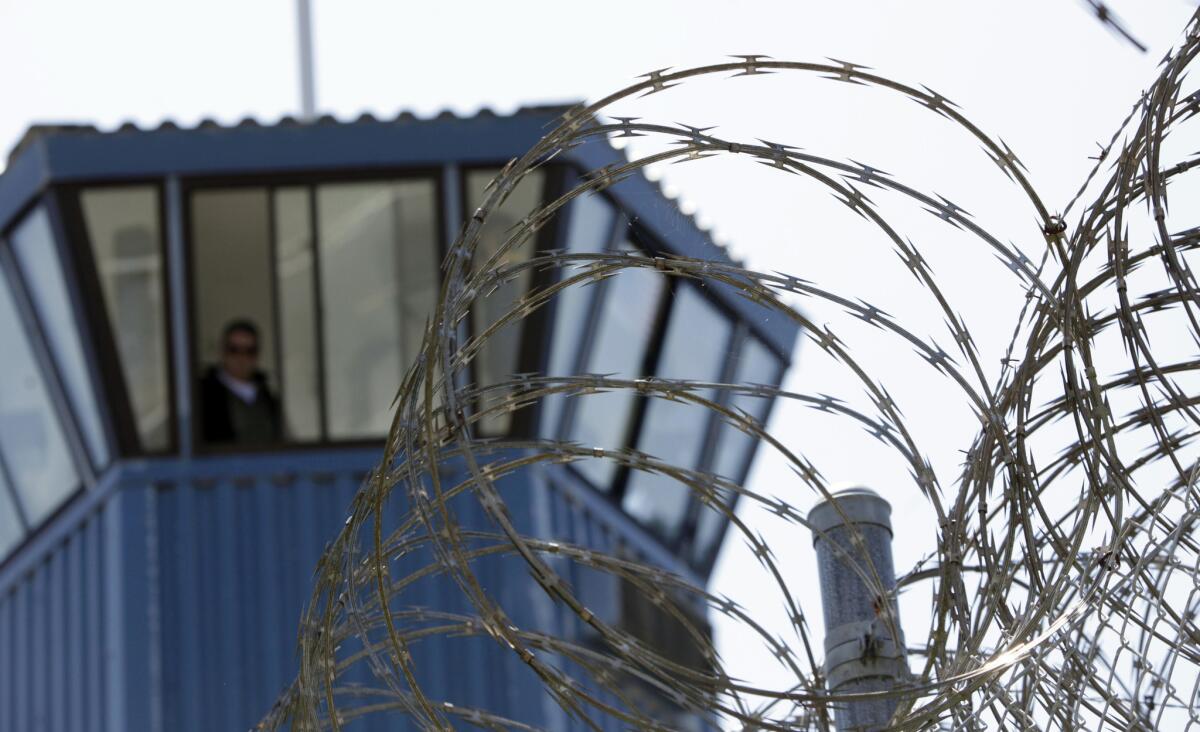State continues to release inmates from isolation

- Share via
California prison officials continue to move prisoners out of its controversial high-security units, where inmates are held, many indefinitely, nearly 23 hours a day in spartan isolation with minimal access to exercise and reduced privileges for such things as canteen food.
The Department of Corrections and Rehabilitation in October adopted new criteria for what constitutes gang involvement that will land an inmate in a prison’s Security Housing Unit, or SHU. The state also began what it says is a trial of a “step down” program that allows inmates to leave the SHU in four years.
Department spokeswoman Terry Thornton this week said the agency has so far reviewed 144 inmates who were placed in the SHU because they allegedly associated with prison gangs, an activity that now no longer merits segregation. Of those reviewed, she said, 78 have been released into the general population and 52 have entered the “step down” program. An additional seven inmates have been retained in segregation, Thornton said, “for their safety,” and the remaining 10 have agreed to debrief, the term the corrections department uses for providing prison investigators information on gang activity.
Thornton said the department intends to eventually review all SHU inmates for possible release, though there are about 1,200 in segregation at Pelican Bay State Prison alone, some held there more than 20 years.
The Center for Constitutional Rights has filed a federal lawsuit against the state contesting the indefinite stays, and Amnesty International last year released a report contending SHU conditions are inhumane.
California state Assemblyman Todd Ammiano (D-San Francisco), who toured Pelican Bay last week, is chairing a legislative hearing Monday on conditions within the Pelican Bay SHU and, he said, whether they “are effective.”
More to Read
Get the L.A. Times Politics newsletter
Deeply reported insights into legislation, politics and policy from Sacramento, Washington and beyond. In your inbox twice per week.
You may occasionally receive promotional content from the Los Angeles Times.











